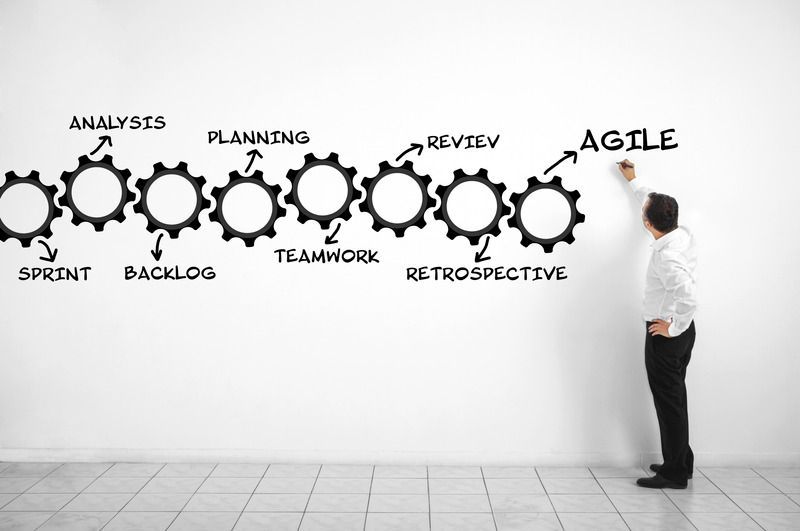Facing Roadblocks in your ERP and BI Integration?
Integrating your Business Intelligence (BI) tool with your Enterprise Resource Planning (ERP) Cloud Solution is crucial to your business transformation projects. An ERP system integrates business processes and functions and collects data. A BI solution analyzes data from different sources and offers insights using reports, dashboards, and other user interfaces. The successful integration of these systems provides vital information for managing the day-to-day business and strategic responses for operational efficiencies and customer value-added services. Many companies need more time and resources to complete BI integration tasks.
Gaps in resource availability and Agile project management expertise can lead to:
- Major cost overruns
- Delayed business value realization
- Loss of competitive advantage
- Missed business insights that affect all levels of your organization
- Operational Disruption
Your Agile Roadmap to a Successful BI Integration
- Initial Planning: Consult our expert Agile Project Manager to define your project scope and populate a prioritized Product Backlog.
- Establish Cross-Functional Teams: We assist you in assembling dedicated, cross-functional Scrum Teams sourced from your BI and ERP expertise pools.
- Training & Coaching: Your Scrum Teams are trained and coached in the Scrum framework by our experienced Scrum Master to ensure a seamless and effective process.
- Mobilization: During this phase, we allocate resources and prepare the initial environment, allowing your internal teams to focus on day-to-day operations.
- Planning & Execution: Led by our Scrum Master, your Scrum Teams undertake regular sprint cycles aligned with your ERP implementation timelines, each concluding with a functional BI increment.
- Daily Stand-ups: Our Scrum Master facilitates daily Scrum meetings to keep everyone updated on progress, upcoming tasks, and potential roadblocks.
- Quality Assurance & Reviews: We conduct rigorous testing and Sprint Reviews to validate each increment's quality and functionality.
- End-User Training & Agile Retrospectives: After key sprints, our Scrum Master coordinates end-user training and leads Agile Retrospectives to drive continual improvement in Scrum practices.
- Ongoing Agile Support: Beyond the implementation phase, our Scrum Master remains available for future sprints to introduce feature updates or adjust to new business conditions.
________________________________________
Why Choose Our Agile-Led Integration?
- Adaptive & Flexible: Effectively manage changing priorities and changing requirements.
- Resource Efficiency: Achieve more with less through focused, high-impact sprints.
- Cross-functional Collaboration: Break down the silos between your BI and ERP teams for more effective outcomes.
- Transparency: Daily stand-ups and regular reviews ensure you're always in the loop.
________________________________________
Let's Bring Agility to Your BI Integration
Choose CYR Consulting, LLC as your trusted partner in providing Agile project management services. We specialize in applying the Agile Scrum framework to BI and ERP Cloud integration projects. Our approach minimizes risks and maximizes adaptability while keeping sight of your core business needs and timelines.
Ready to experience the agility of Scrum in your ERP and BI integration process?
Reach Out to Us Now!
📧 Email us at info@cyr-consulting.com
*Note: Content on this blog was generated, in part, using advanced AI technology.







